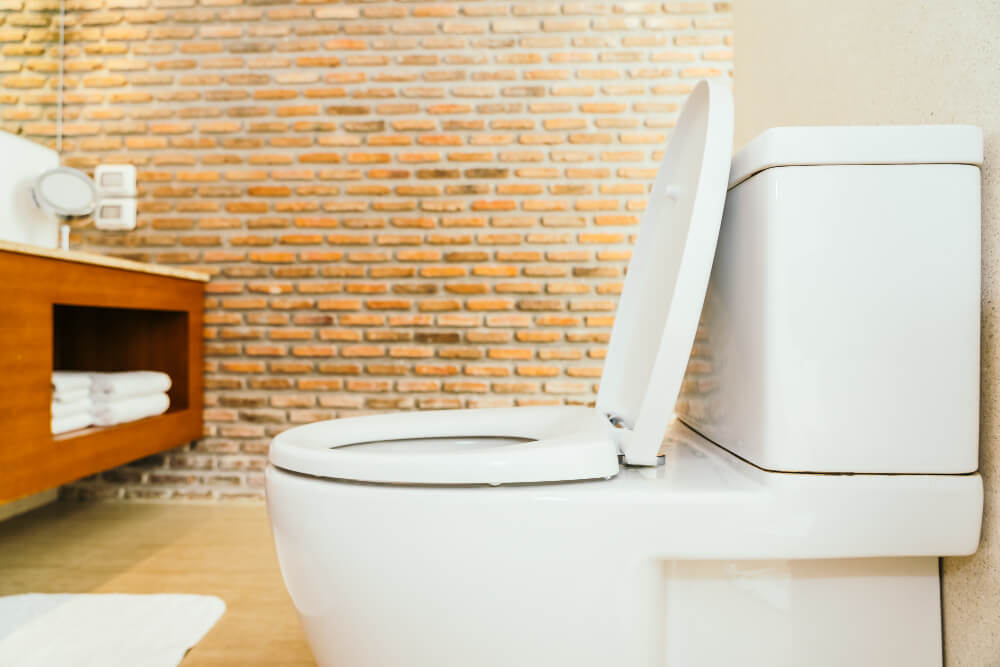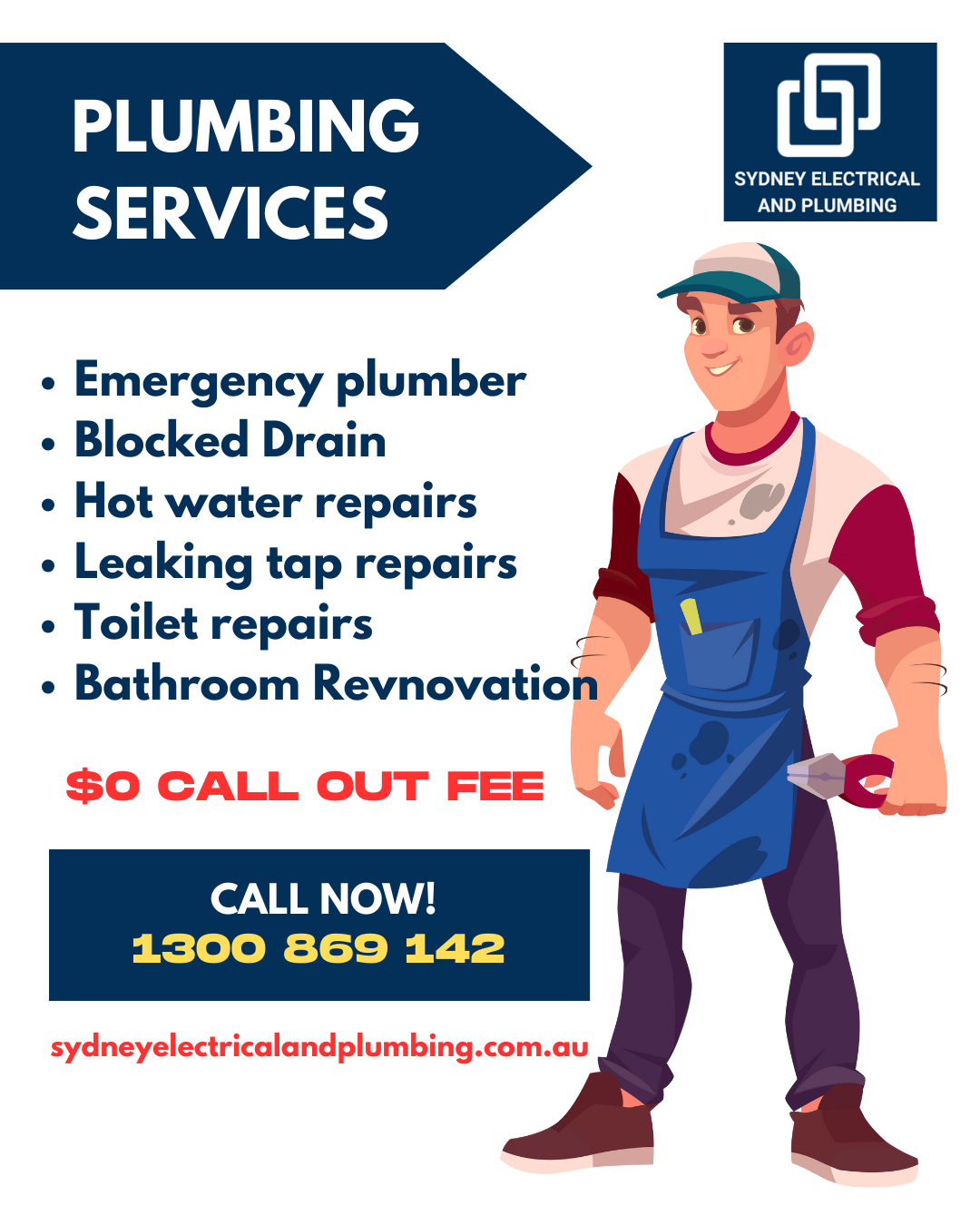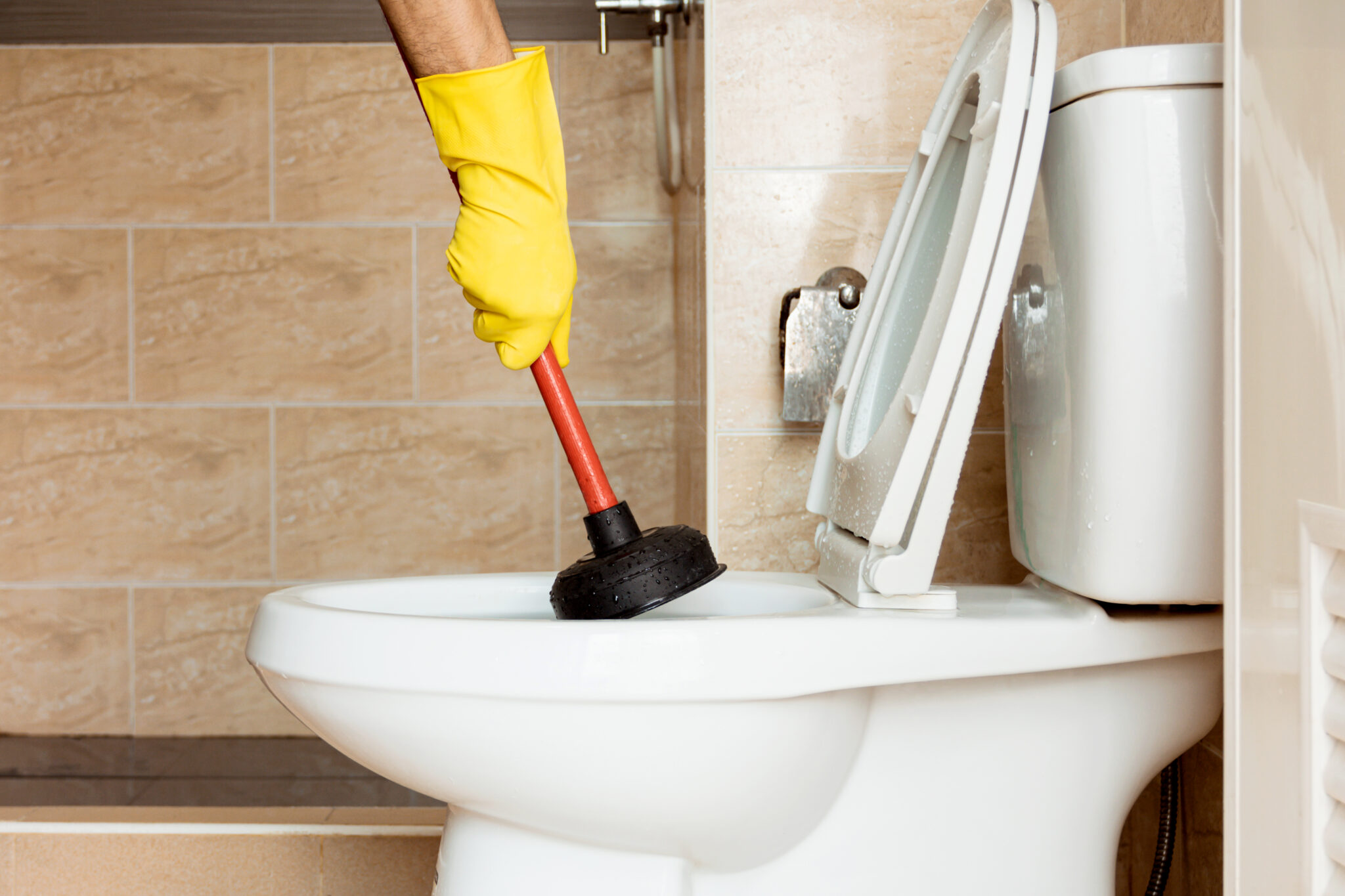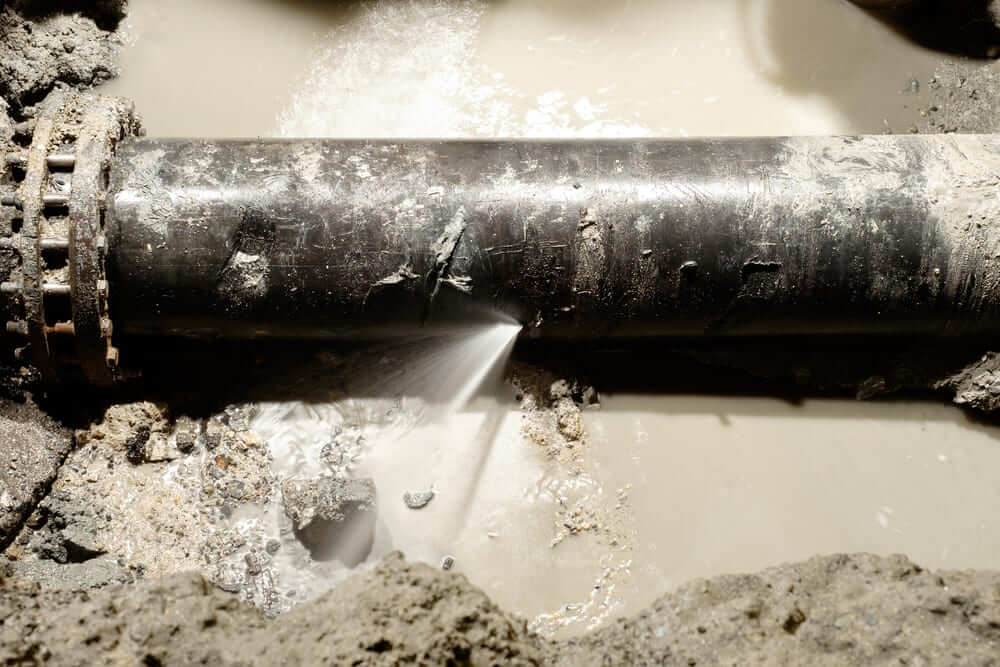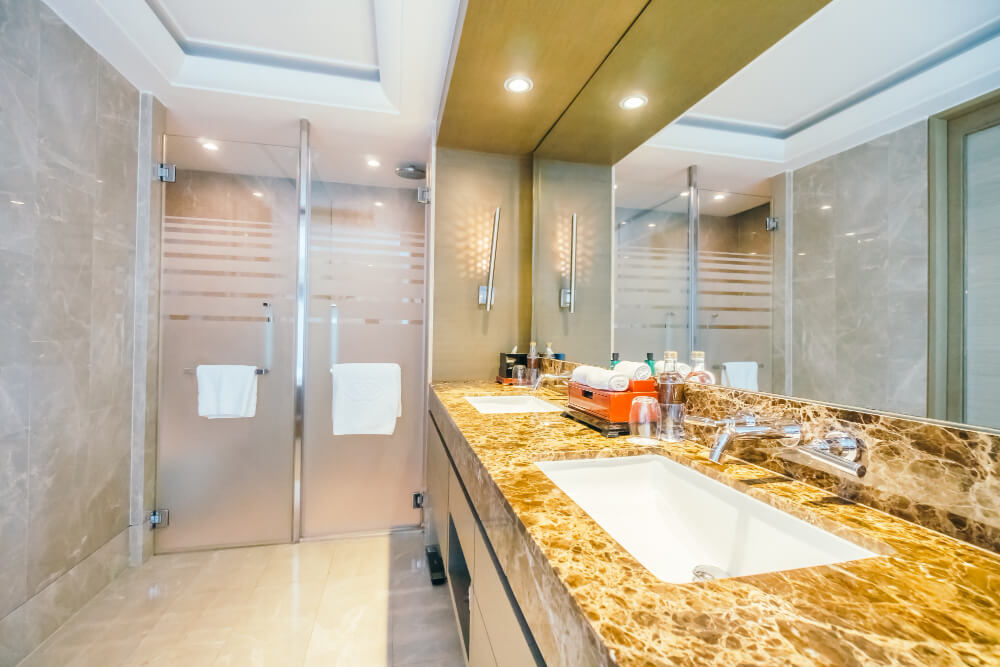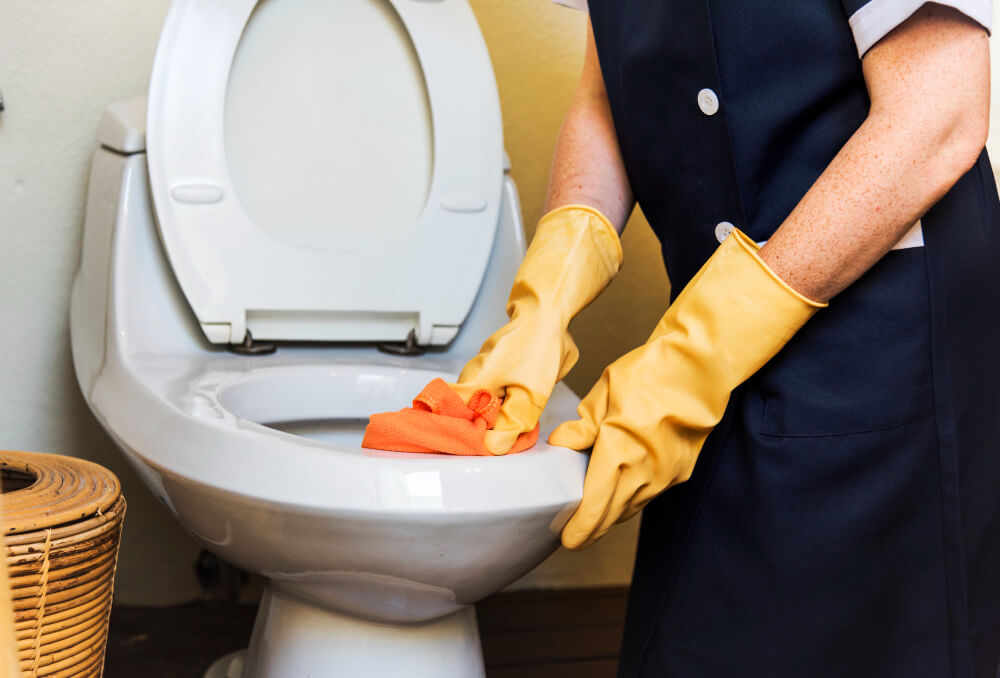To install a toilet in Australia, follow these steps: turn off the water supply, remove the old toilet, remove wax rings, install nuts, bolts, and wax ring, secure the toilet, align tank and valve, reconnect water supply, and seal the toilet with silicone caulk. Follow these steps to ensure a smooth and efficient toilet installation process.
Table of Contents
Here’s the step by step process – How to install a toilet australia:
Step 1: Shut off the Water Supply
Locate the water valve situated behind the toilet. Turning it clockwise will shut off the water supply. This ensures a dry and controlled environment for the installation process.
Step 2: Remove the Old Toilet
Using a wrench, carefully unscrew the nuts and bolts securing the old toilet. Lift the toilet and place it on a towel or blanket to avoid any mess. This step sets the stage for the new fixture.
Step 3: Wax Ring Removal
Bid farewell to the old wax rings. Remove them from both the flange and the bottom of the toilet. This ensures a clean slate for the installation of fresh components.
Step 4: Install New Wax Ring, Nuts, and Bolts
Now, it’s time for the new essentials. Install the new wax ring onto the flange and the bottom of the new toilet. Carefully lower the toilet onto the flange, ensuring a secure fit. Press down firmly to create a proper seal. Next, install the new nuts and bolts provided with the toilet.
Step 5: Secure the Toilet
Using a wrench, tighten the nuts and bolts to securely fasten the toilet in place. This step is crucial to prevent any wobbling or instability, ensuring a durable and safe installation.
Step 6: Align the Toilet Valve and Tank
Ensure that the toilet valve and tank are perfectly aligned. Tighten the bolts connecting these components to guarantee a seamless and functional unit.
Step 7: Reconnect the Water Supply
Turn the water valve counterclockwise to reconnect the water supply. This step brings back the essential flow and prepares your new toilet for regular use.
Step 8: Seal it In
To safeguard against potential leaks, apply a continuous bead of silicone caulk around the base of the toilet. This final touch provides an additional layer of protection, ensuring a watertight seal.
What tools do I need to install a Toilet?
Toilet installation is a do-it-yourself project, but it does require some simple supplies and tools. Several sources state that the following are the most often required instruments for installing toilets:
- A tape measure
- Screwdrivers
- An adjustable wrench
- Caulk and caulk gun
- A cordless drill
- A hacksaw
- A level
- Locking pliers
- Slip joint pliers
- Rags
- A utility knife
- Gloves
- A shop vacuum
To seal and fasten the toilet to the floor, you will also want wardrobe bolts and a wax ring. Make sure you purchase the correct size and kind of toilet seat for your model as these are typically sold separately from the toilet.
Turn off the water supply, remove the old toilet gently, and then start the installation process. After that, you may wipe down the flange, screw in the new bolts, position the wax ring, and lower the toilet into it. Following that, you can check for leaks in the toilet, tighten the nuts and connect the water supply. For a tidy finish, you might also need to caulk the area surrounding the toilet’s base.
How long does it take to install a toilet?
Installing a toilet is a common home improvement project that can be done by yourself or with the help of a professional plumber. The time it takes to install a toilet depends on several factors, such as the type of toilet, the condition of the plumbing and the floor, and your level of experience.
It takes one to four hours on average, according to various sources, to install a toilet. Nevertheless, this could change based on the subsequent actions:
- Draining the old toilet and shutting off the water supply
- removing the old toilet and checking for leaks or damage on the flange and floor
- Reconnecting the water supply line and installing the new toilet
- Examining the new toilet for any issues or leaks
You might have to invest more time and money in fixing any issues that arise throughout these procedures, such as a damaged flange, a wet floor, or a leaking supply line. It can take several days to replace the supply line, floor cover, or sub-flooring in some situations.
Some basic supplies and tools, including a wrench, level, tape measure, hacksaw, putty knife, sponge, bucket, wax ring, and new bolts and washers, are required for a successful toilet installation. Additionally, you must adhere to the manufacturer’s recommendations for the particular toilet model you are installing.
You might want to contact a licensed plumber to install the toilet if you are not sure you can do it yourself or if you don’t have the required supplies and tools. A plumber can manage any unforeseen problems that may come up in addition to making sure the installation is done securely and professionally. The cost of hiring a plumber may vary depending on the complexity of the job, the location, and the plumber’s rates.
A satisfying and affordable method to upgrade your bathroom is to install a toilet. It may, however, also be a difficult and time-consuming task that calls for considerable planning and expertise. Make sure you have the exact measurements, the right kind of toilet, and the necessary tools and supplies before you begin. Don’t hesitate to ask for help from a qualified plumber if you run into any problems or are unclear on what to do.
How do I know if my toilet needs to be replaced?
There are a few indicators that your toilet might need to be replaced since it’s old or damaged. Among the typical indicators are:
- Old and Inefficient: It’s a pretty old and ineffective toilet you have. Your toilet might use more water than the current federal limit of 1.6 gallons each flush if it was installed before 1994. Over time, replacing an outdated toilet can save you both money and water.
- Cracked Hazard: There’s a crack in the bowl or tank of your toilet. Water leaks from cracks might harm your sub-floor, ceiling, or floor underneath. Additionally, mold and germs that might harm your hygiene and health can grow in a crack. As soon as possible, a fractured toilet should be replaced to avoid more damage and health hazards.
- Persistent Leaks: Either continuously or periodically, your toilet leaks. A leaky toilet can raise your water bill and waste a lot of water. Leaks may also be an indication of issues with the supply line, the wax ring, the fill valve, or the flapper. If the leak continues or the pieces are too old, you might need to get a new toilet. However, some of these issues can be resolved by replacing the damaged parts.
- Frequent Overflows or Clogs: Your toilet overflows or clogs frequently. Clogged or overflowing toilets can be untidy and inconvenient. It can also indicate that your toilet is not flushing properly or that there is an obstruction in the drain line. You might require a more potent or effective toilet if you frequently need to plunge it or flush it more than once to get rid of the waste.
- Wobbly and Unsafe: Sitting on your toilet causes it to sway or move. A loose or broken flange may be the cause of a wobbling or unstable toilet, which poses a safety risk. The piece of plastic or metal that joins the toilet to the floor and drain pipe is called a flange. The toilet may rock or leak if the flange is damaged or loose. If the damage is significant, you might need to get a new toilet even if you might be able to tighten or replace the flange.
- Stains and Scratches: There are severe stains or scratches on your toilet. A dirty and ugly toilet might be caused by stains or scratches. It might also make it more difficult to maintain an odor-free, hygienic toilet. Abrasive cleansers, mineral deposits, bleach, metal brushes, hard water, and bleach can all leave stains and scratches on surfaces. If stains and scratches are too deep or difficult to remove, you might need to get a new toilet. However, some stains and scratches can be removed with vinegar, baking soda, or other natural cleansers.
- Uncomfortable Fit: Your toilet is not meeting your needs or is uncomfortable. For you and your family, a toilet that is too high, too low, too small, or too large can be uncomfortable and inconvenient 4. Additional features like a bidet, heated seat, dual flush system, or night light could be desirable in a toilet. You might choose to replace your toilet with a better one if it doesn’t suit your needs or preferences.
Here are a few indicators that it’s time to replace your toilet. However, you should speak with a qualified plumber first who can examine your toilet and provide you advice on the best course of action before deciding to replace it. Additionally, a plumber may assist you with installing a new toilet and properly disposing of the old one.
Can you recommend any good brands of toilet in Australia?
Any bathroom must have a toilet, and when selecting one, there are a number of things to take into account, including cost, design, functionality, and water efficiency.
According to some web sources, some of the best toilet brands in Australia are:
- Villeroy & Boch: This German company sells elegant, high-quality, and simple-to-maintain direct-flush toilets.
- Duravit: Another German company offers stylish, long-lasting, and cutting-edge toilets with hygienic glazing and rimless flushing.
- TOTO: This Japanese company is well-known for producing high-tech, opulent, environmentally friendly toilets with features like washlets, tornado flushes, and e-water+.
- RAK: A UAE-based company that sells reasonably priced, stylish, and contemporary toilets with water-saving features and soft-close seats.
Depending on your tastes and budget, you have a plethora of alternatives to select from; here are just a few of the well-known toilet brands in Australia. To choose the ideal toilet for your requirements, go online or stop by a nearby bathroom retailer.
Conclusion
After your Australian toilet installation journey, you’re well-prepared to take on this crucial task. As always, pal, patience is the key! You’ve mastered the process from selecting the ideal toilet to installing it like an actual Aussie do-it-yourself pro. Put on your handyman hat, get your tools, and get ready to experience the satisfaction of a job well done. Let’s toast to a dunny that was erected successfully and hope that all of your bathroom endeavours go smoothly!

